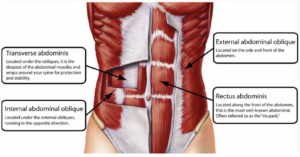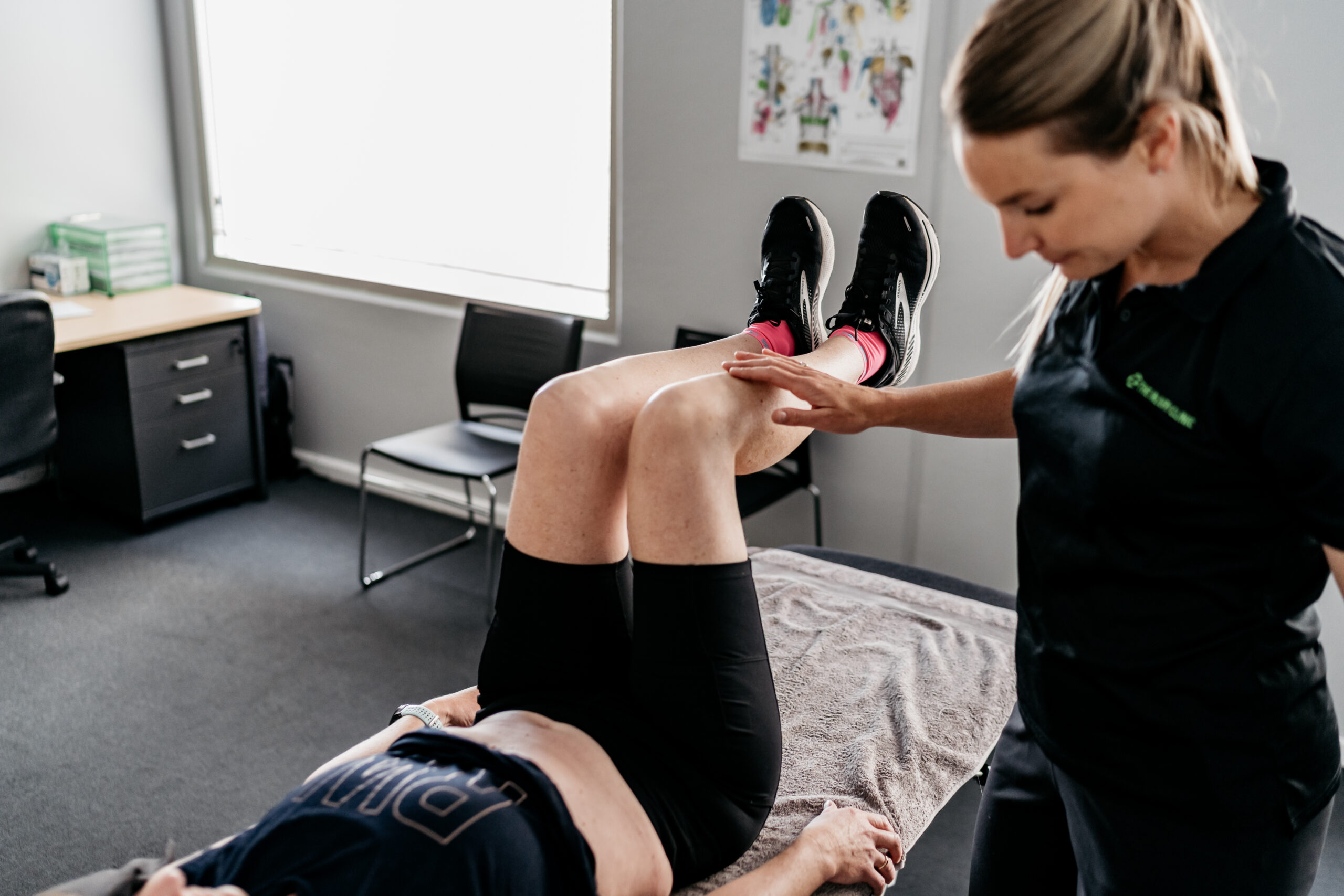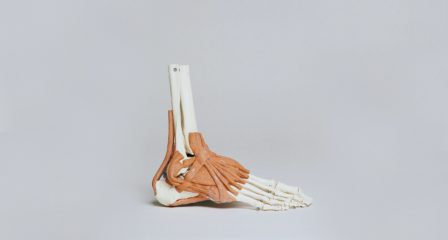Core Control
Core control is something that we commonly talk about here at The Injury Clinic, but what does it actually mean? And what muscles make up the core?
Core Muscles
When we talk about the core, we are talking about the muscles that stabilise the trunk. These include (but are not limited to):
- Deep core (transverse abdominius),
- Deep spine stabilisers (such as lumbar multifidus),
- Gluteals,
- Pelvic floor, and,
- Diaphragm.
These muscles must all be working in a synchronised and orderly fashion for us to move effectively and efficiently.
People are often surprised to find that the core muscles are not just the four abdominal muscles (as pictured below). In fact, some of the abdominal muscles are designed more to mobilise and move the trunk rather than stabilise it. It is then important to acknowledge the difference between abdominal exercises and core exercises.

Why are the core muscles so important?
While there are a few muscle groups that we consider when talking about core muscles, they are all important in their role to support and stabilise the trunk. We find that if the core isn’t working well (and this can be in a few different ways) people often end up injured; and the injury isn’t necessarily to the core or trunk. While core is commonly considered in those with lower back pain, it can be forgotten about in the management of injuries in other areas such as the:
- Pelvis,
- Hip,
- Knee,
- Thoracic (upper back), and
- Shoulder.
While the knee and shoulders aren’t linked directly to the core, poor core activation strategies may lead to poor movement patterns and overload of other structures which can lead to injury.
How and why do the core muscles stop working well?
There are many reasons why the core stops working well, but some of the most common things we see at The Injury Clinic are:
- Poor deep core activation after an episode of lower back pain.
- We know that often when we hurt our back, our bodies inhibit some of the stabilising muscles in the initial phase of a back injury. Unless we retrain a normal strategy, these muscles often don’t ‘switch’ back on.
- Reduced ability to isolate deep abdominals and/or activate the pelvic floor.
- There could be many contributing factors to this, but we believe it is often when someone starts doing exercises or activities that are too advanced for the level their core is currently working at.
- When this happens, our bodies are very quick to develop another strategy to help stabilise and this is often a sub-optimal strategy. While this may be okay short term, if we continue to use it long term it can often contribute to a range of injury presentations.
- A change in core activation strategies following pregnancy.
- During pregnancy, as the baby grows and develops, core control will gradually reduce. There isn’t anything we can do to avoid this, so pregnant women will often develop an alternative strategy (out of necessity) during pregnancy. Unless a normal strategy is retrained, many women continue to use the alternative strategy they developed while they were pregnant.
- While this strategy may be okay while pregnant (as there isn’t another option!), we need to make sure we retrain a normal strategy afterwards. Otherwise we can find when women try to return to a higher level of activity they have difficulty and/or become injured.
These are the most common things that we see, and can present quite frequently! There are other reasons why core control may be impacted, but these can be a bit more specific to the individual.
How can we get the core muscles working properly again?
The most important thing to do is have a proper assessment of your core function. At The Injury Clinic, this means a 1:1 assessment with one of our Physiotherapists who will:
- Assess your core activation strategy,
- Check your ability to transfer load from your lower limb to your pelvis and trunk,
- Trial some core activation exercises and establish which cue works best for you,
- Gradually work through more challenging exercises working towards more functional and challenging loading,
- Aim to transition this into your normal activities ie. running.
What about pilates classes and other exercise classes that target core strength?
While we love group training and exercise classes, we also know that we need to be mindful of doing an exercise program that hasn’t been tailored specifically for each person as an individual. Classes are great for the non-injured population, but we often find if you are sore or carrying injuries you need a program which is designed specifically for your strengths and weaknesses.
There are some classes that will give cues for core activation that may not be the best cue for you. These can often reinforce a sub-optimal strategy and can contribute to some injuries. This doesn’t necessarily mean the class environment is bad, but that you might need to see someone who can give cues for core activation that work for you. These can then be implemented in the class environment and you should (in theory) find you get more out of the class.
In summary…
There are quite a few muscles that are considered core muscles, and these all contribute to trunk stability. We often find in injuries that are ongoing or recurrent there is a core component to their presentation. For more information, please email info@theinjuryclinic.com.au or book an appointment with one of our physios online.



